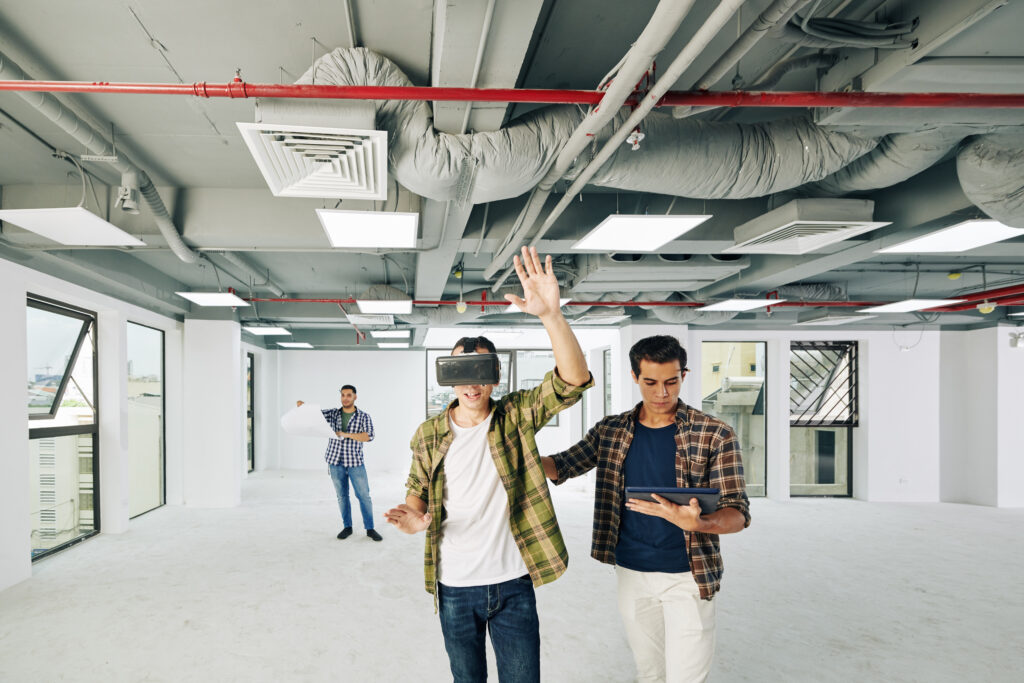
Virtual and augmented reality (VR and AR) are rapidly evolving technologies that have the potential to revolutionize education. These immersive technologies enable students to explore and experience learning in ways that were previously impossible. In this blog post, we will explore the future of VR and AR in education and how they are transforming the classroom experience.
1. Enhanced learning experiences
VR and AR offer enhanced learning experiences by enabling students to interact with digital content in a way that is more engaging and immersive than traditional methods. For example, students can visit virtual historical sites, explore scientific concepts, and practice complex tasks in a safe and controlled environment.
2. Personalized learning
VR and AR allow for personalized learning experiences tailored to each student’s unique learning style and pace. Students can learn at their own speed and explore content in a way that is best suited to their individual needs. This personalized approach can help students stay engaged and motivated, leading to better academic outcomes.
3. Greater accessibility
VR and AR can make education more accessible to students with disabilities. For example, students with visual impairments can use VR and AR to explore content in a way that is not possible with traditional learning methods. This technology can also help students with learning disabilities, such as dyslexia, by providing alternative ways to access information.
4. Cost-effective
While VR and AR technology may seem expensive, it can be cost-effective in the long run. By reducing the need for physical resources, such as lab equipment or field trips, schools can save money on materials and transportation costs. Additionally, VR and AR can be used to simulate scenarios that may otherwise be impossible or dangerous to recreate in real life.
5. The future is bright
The future of VR and AR in education is bright. As these technologies continue to evolve and become more accessible, we can expect to see even more innovative uses in the classroom. From virtual science labs to augmented reality field trips, the possibilities are endless.
In conclusion, VR and AR have the potential to transform the education industry by offering immersive and engaging learning experiences that can be tailored to each student’s unique needs. As the technology continues to evolve, we can expect to see even more innovative uses in the classroom, leading to better academic outcomes and a more engaging learning experience for all students.